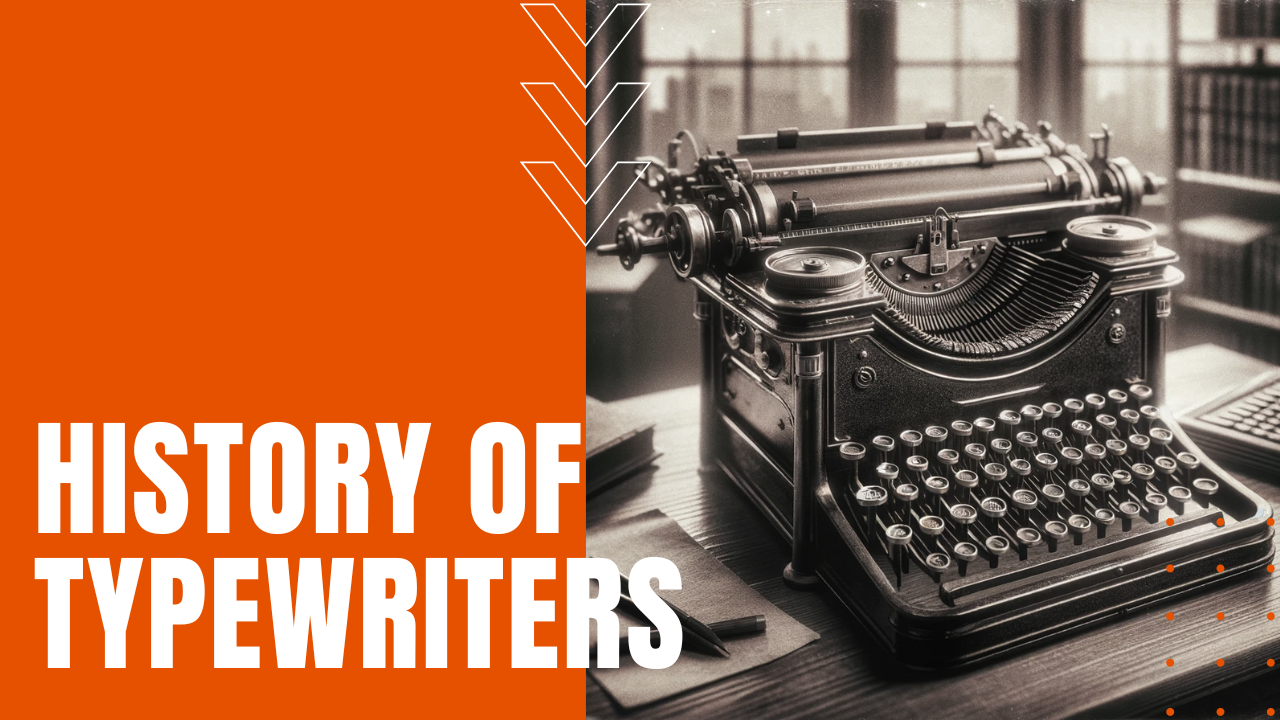History of Typewriters

The quest for a practical typewriter began in 1714 Great Britain, when English engineer Henry Mill was granted a patent by Queen Anne of England, after he created a device that could make characters “so neat and exact as not to be distinguished from print,” and while his invention failed to reach market, his device laid the conceptional groundwork for typewriters to come. In 1828 Detroit, William Austin Burt received a patent signed by President Andrew Jackson for his Typographer,” yet the only functional copy of his machine was destroyed in the Patent Office Fire of 1836.
First on the Market
The first successful typewriter reached the American market in 1873, when inventors Christopher Latham Sholes, Samuel Soule and Carlos Glidden introduced the first practical typewriter in history, which employed the same QWERTY keyboard layout—originally designed to minimize typebars from jamming—yet still in use today by modern computer keyboards. Marketed by E. Remington and Sons, a renowned firearms and sewing machine manufacturer of the day, the machine quickly found an audience with businessmen and writers, including American humorist Mark Twain, who became the first author in history to submit a typewritten manuscript to a publisher.
Edison’s Prediction
Invited to Milwaukee by Christopher Sholes, after Thomas Edison examined Sholes’ invention, he predicted that some day soon, typewriters would be powered by electricity. Edison, in fact, designed and built the first electric typewriter, which proved to be unmarketable due to its cumbersome size and steep production cost. During the late 19th and early to mid-20th centuries, typewriter advances skyrocketed as more and more people embraced the technology, including capital shift keys, which allowed typists to print both upper and lowercase letters with ease, followed by the introduction in 1888 of the first portable typewriter, the Blickensderfer or simply “The Blick.”
Prediction Realized
During the early to mid-20th century, IBM introduced a series of electric typewriters, culminating in 1961 with the launch of their Selectric model, which revolutionized manual typing by replacing typebars with a high-speed rotating ball. Typewriters quickly fell out of favor after the advent of word processors and computers offered greater flexibility and document editing capabilities, making the typewriter, a revolutionary technology of years gone by.
